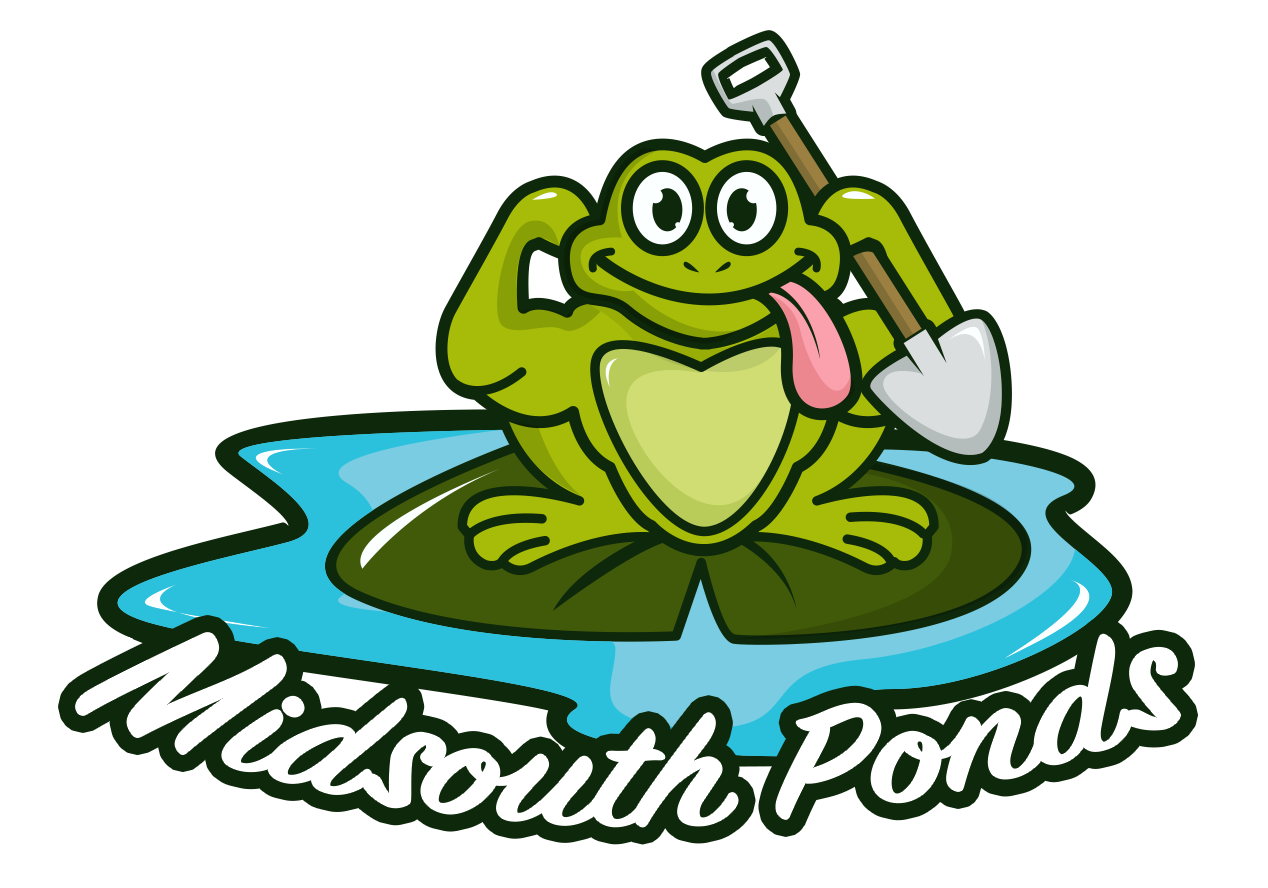At MidSouth Ponds, we are committed to helping pond owners maintain a healthy and vibrant pond environment. Dealing with algae growth is a common challenge that can impact the beauty and balance of your pond. In this comprehensive guide, we will explore effective algae control techniques that can assist you in creating a thriving and visually appealing pond.
Understanding Algae Growth
To effectively address algae growth, it is crucial to comprehend the factors that contribute to its development. Algae thrive in environments with abundant nutrients, prolonged exposure to sunlight, and stagnant water conditions. These elements provide an ideal breeding ground for algae, leading to excessive growth that can harm the overall pond ecosystem.
1. Implementing Proper Pond Management Practices
Establishing and maintaining sound pond management practices is key to controlling algae growth. Here are essential steps to follow:
Regular Water Testing
Regularly testing the water parameters in your pond is essential for understanding its overall health. By monitoring factors such as pH levels, dissolved oxygen, and nutrient concentrations, you can identify and address imbalances that contribute to algae growth.
Effective Nutrient Management
Controlling nutrient levels is crucial in algae prevention. Excessive nutrients, such as phosphates and nitrates, act as fuel for algae growth. Implementing strategies like reducing fertilizer use near the pond, managing animal waste runoff, and considering nutrient-absorbing plants can help mitigate nutrient overload.
Adequate Aeration and Circulation
Promoting proper water movement and oxygenation is vital for maintaining a healthy pond ecosystem. Installing aerators, fountains, or waterfalls enhances water circulation, preventing stagnant areas where algae thrive.
2. Utilizing Beneficial Aquatic Plants
Incorporating a variety of beneficial aquatic plants into your pond can be instrumental in algae control. Consider the following options:
Floating Plants
Floating plants such as Water Hyacinth and Water Lettuce not only provide shade but also absorb excess nutrients from the water. These plants act as natural filters, hindering algae growth and promoting a balanced ecosystem.
Submerged Plants
Submerged plants like Hornwort and Anacharis grow below the water’s surface and absorb excess nutrients from the water column. They also aid in oxygenation, creating an unfavorable environment for algae to thrive.
Marginal Plants
Marginal plants like Cattails and Pickerelweed grow along the pond’s edges, providing shade and reducing nutrient levels. Their root systems also help stabilize the pond’s banks, preventing soil erosion.
3. Implementing Biological Controls
Introducing natural organisms that prey on algae can be an effective strategy for algae control. Consider the following biological controls:
Beneficial Bacteria
Adding beneficial bacteria products to your pond helps break down organic matter, reducing nutrient levels and inhibiting algae growth. These bacteria establish a healthy microbial balance, enhancing overall water quality.
Pond Fish
Certain species of pond fish, such as Koi and Goldfish, feed on algae, helping to keep its growth in check. However, it is important to maintain a proper fish population balance to prevent overgrazing and ensure the pond ecosystem’s overall health.
4. Minimizing Sunlight Exposure
Reducing sunlight penetration into the pond can significantly impede algae growth. Consider implementing the following techniques:
Adding Shade
Installing shade structures, such as floating plants or strategically placed artificial structures, can help reduce the amount of sunlight reaching the water’s surface. This limits the photosynthetic activity of algae, hampering their growth.
Creating Depth and Slope
Designing your pond with varying depths and slopes can create shaded areas, reducing overall sunlight exposure. This natural shading inhibits algae growth and promotes a healthier pond ecosystem.
Implementing Mechanical Measures
In addition to the aforementioned techniques, implementing mechanical measures can provide further control over algae growth. Consider the following approaches:
Pond Skimmers
Installing pond skimmers helps remove debris, leaves, and other organic matter from the water’s surface. By preventing these materials from decomposing and releasing excess nutrients, pond skimmers contribute to reducing the available resources for algae growth.
Regular Maintenance
Performing routine pond maintenance tasks, such as removing fallen leaves, decaying plants, and excess debris, is crucial for preventing nutrient buildup and algae proliferation. Regular cleaning ensures a clean and well-maintained pond environment.
Algae Removal Tools
Utilizing tools specifically designed for algae removal, such as pond vacuums or algae brushes, can help physically eliminate algae from the pond. Regularly removing visible algae growth can reduce its presence and prevent further expansion.
Maintaining a healthy and algae-free pond requires a combination of proactive measures and proper pond management. By implementing the techniques outlined in this guide, you can effectively control algae growth and create a thriving and visually appealing pond environment.
Remember, each pond is unique, and it may require a tailored approach to address specific algae issues. Regular monitoring, adjustment of nutrient levels, and the integration of beneficial plants and organisms will contribute to the long-term success of algae control in your pond.
At MidSouth Ponds, we are dedicated to helping you achieve a healthy and beautiful pond. Implementing these effective algae control techniques will not only enhance the aesthetic appeal of your pond but also promote a balanced and thriving ecosystem for aquatic life. Enjoy the benefits of a clean and vibrant pond by taking proactive steps towards algae control and maintenance.



